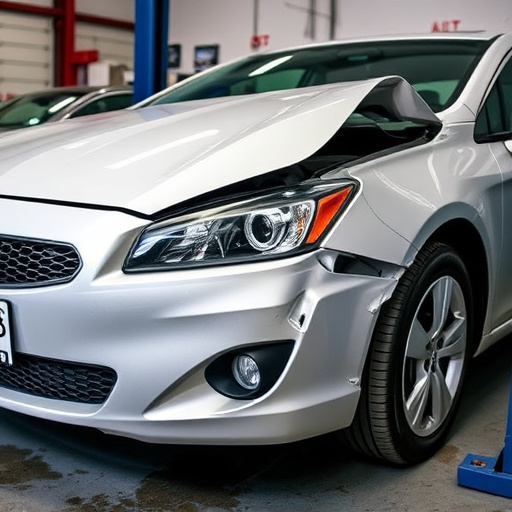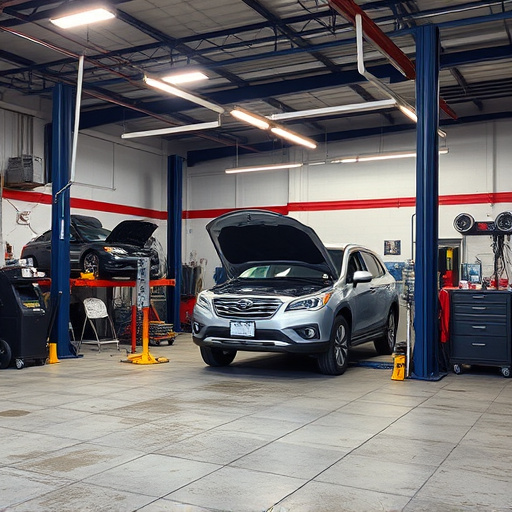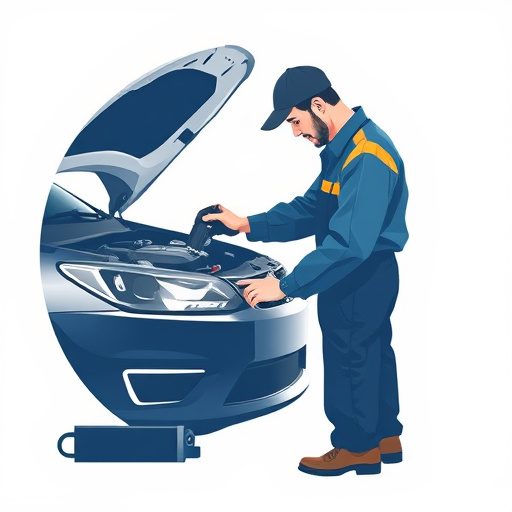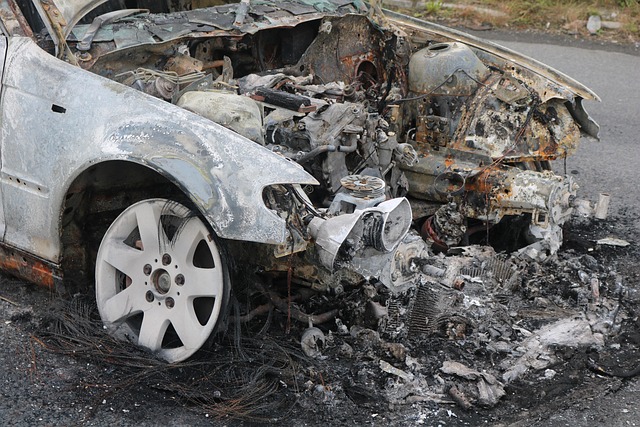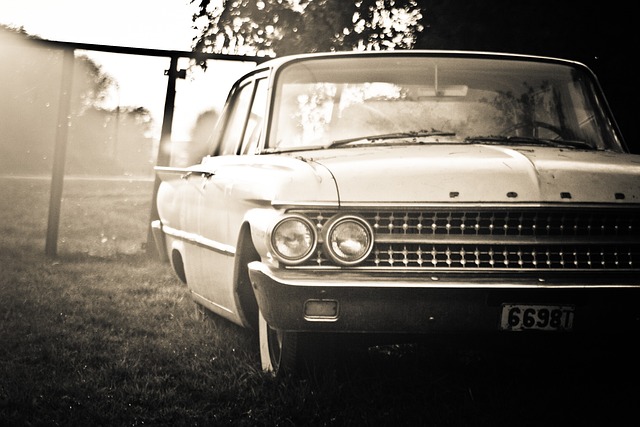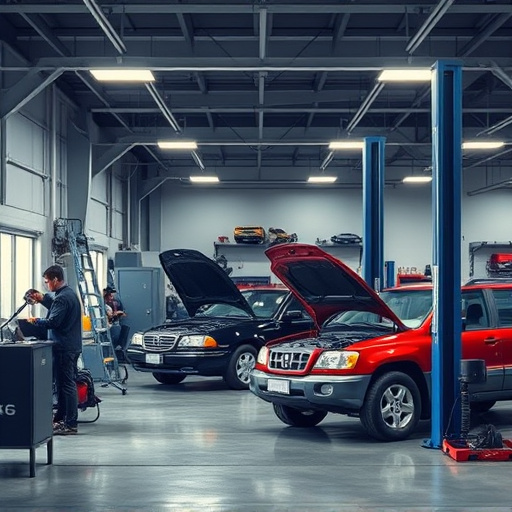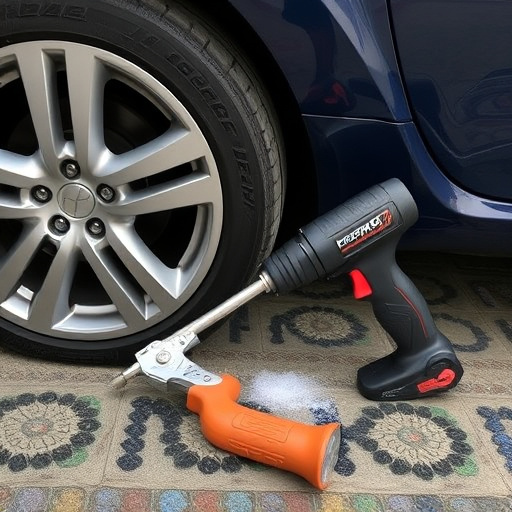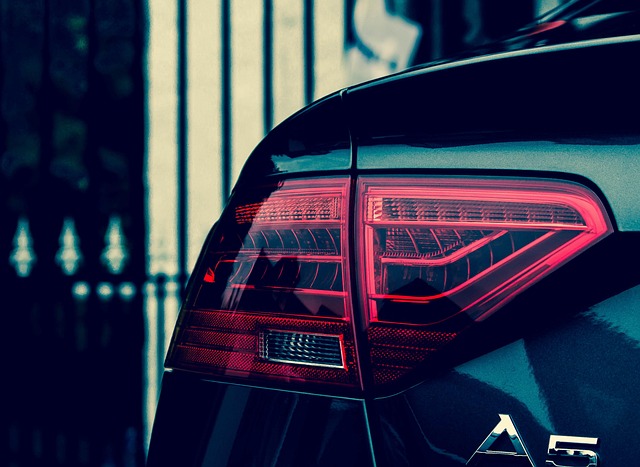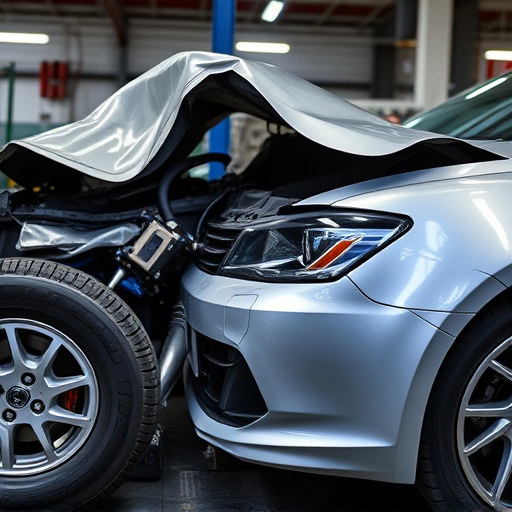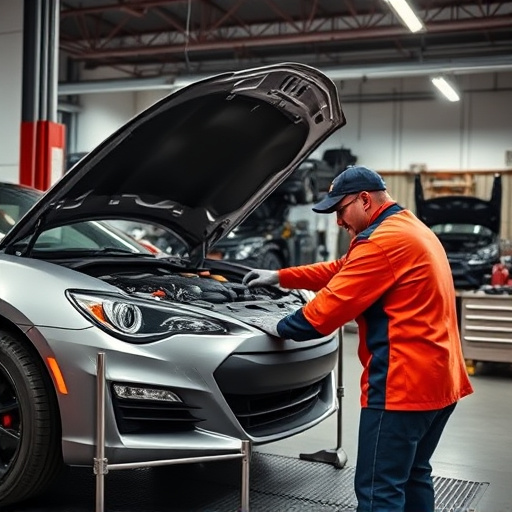Specialty paint application is a skilled craft requiring tailored techniques and materials for various vehicle surfaces and purposes. It aims to provide high-quality aesthetics, durability, and unique designs, going beyond standard car paints. Challenges include surface preparation, climate conditions, and design complexity. Reputable body shops offer these services, focusing on flawless precision, seamless color blending, and even distribution without visible imperfections. Skilled technicians use advanced techniques and high-quality materials to ensure long-lasting results for classic and new vehicles, transforming cars into unique masterpieces.
Spotting poor craftsmanship in specialty paint work is crucial for ensuring long-lasting, aesthetically pleasing results. Specialty paints, defined as formulations tailored for unique environments or finishes, present specific challenges. This article delves into understanding these complexities, from high-humidity areas to outdoor exposure. We explore visual indicators of subpar workmanship, such as uneven color application and visible brush marks. Diagnostic tools like lighting analysis, magnifying tools, and adhesion tests are also discussed to help assess quality and identify potential issues in specialty paint applications.
- Understanding Specialty Paint and its Unique Challenges
- – Definition of specialty paint applications
- – Key characteristics and intended outcomes
Understanding Specialty Paint and its Unique Challenges

Specialty paint application goes beyond standard automotive finishes. It involves tailored techniques and materials designed for specific surfaces and purposes, such as bumper repair or auto detailing. These paints are often formulated to withstand extreme conditions, offer high-quality aesthetics, or meet unique functional requirements. However, achieving flawless results in specialty paint work is a delicate process with several challenges. Factors like surface preparation, climate conditions, and the complexity of the design can significantly impact the final outcome. Poor craftsmanship can result in noticeable imperfections, from uneven colors and texture issues to inadequate adhesion and premature fading.
Identifying these problems requires close inspection and an understanding of what constitutes quality work. For instance, in an auto body shop, a skilled technician would ensure proper surface preparation before applying specialty paint. This includes meticulous sanding, priming, and cleaning to create a smooth base. In contrast, hasty or sloppy preparation can lead to visible defects like brush strokes or unevenness once the paint dries. Similarly, environmental factors like humidity during auto detailing can affect drying times and paint quality, necessitating patience and expertise for optimal results.
– Definition of specialty paint applications

Specialty paint applications refer to advanced techniques and materials used for restoring or enhancing the appearance of vehicles, often involving intricate designs, custom finishes, and precision work. These aren’t your standard car paint jobs; they require skilled artistry and a deep understanding of various painting methods. From classic car restorations to modern automotive art, specialty paintwork transforms vehicles into unique, eye-catching masterpieces. It involves more than just applying paint—it’s about creating a flawless fusion of aesthetics and functionality.
Whether it’s a meticulously crafted graphic design on a vehicle body or a vibrant, custom color match for a car paint repair, the goal is to deliver exceptional quality. When visiting a reputable body shop services or collision repair center, customers should expect nothing less than perfection in every stroke of the brush and every layer of paint, ensuring the final product not only looks stunning but also stands the test of time.
– Key characteristics and intended outcomes
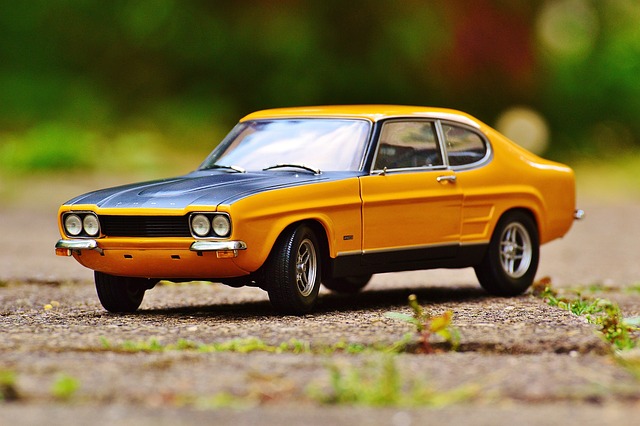
The success of specialty paint application lies in its ability to transform a surface while maintaining flawless precision and aesthetic appeal. Key characteristics of high-quality work include seamless blending of colors, smooth finish, and even distribution of paint without visible brush strokes or imperfections. The intended outcome should be a restoration or enhancement that mirrors the original appearance or achieves a desired custom look. In the context of car bodywork services or tire services, for instance, a skilled technician ensures that repairs are nearly invisible, preserving the vehicle’s overall aesthetic and value.
At a reputable car body shop, experienced technicians prioritize attention to detail, using advanced techniques and high-quality materials. This commitment translates into durable, long-lasting results. Whether restoring classic cars or custom painting new vehicles, the goal is always to create a surface that not only looks good but also stands the test of time, reflecting the skill and artistry of the specialty paint application process.
When assessing a specialty paint job, paying close attention to detail is key. By understanding the unique challenges and characteristics of these applications, you can quickly spot signs of poor craftsmanship. Look for uneven coverage, visible brush strokes, or imperfections that indicate a lack of skill and care. Regularly researching and staying informed about industry standards will empower you to recognize exceptional work and ensure your paint projects are executed flawlessly.
